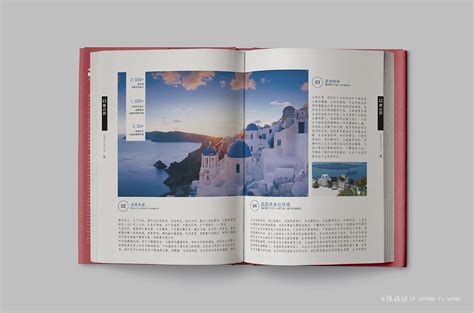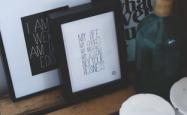园艺书籍排版图设计教程图片
Title: Design Tutorial for Horticulture Book Layouts
Creating visually appealing and informative layouts for horticulture books requires a blend of creativity, understanding of design principles, and knowledge of the subject matter. In this tutorial, we'll explore essential tips and techniques for designing engaging layouts for horticulture books.
1. Understand the Audience and Purpose
Before diving into the design process, it's crucial to understand the target audience and the purpose of the book. Are you targeting beginners or experienced gardeners? Is the book aimed at enthusiasts or professionals? Understanding these aspects will influence your design decisions, from typography choices to the complexity of illustrations.

2. Establish a Consistent Visual Identity
Consistency is key to creating a cohesive and professionallooking layout. Establish a visual identity by selecting a color palette, typography, and graphic elements that reflect the tone of the book. For a horticulture book, natural, earthy tones and botanicalinspired motifs often work well.
3. Organize Content Effectively
Horticulture books typically contain a wealth of information, including plant profiles, gardening tips, and instructional guides. Organize the content in a logical and intuitive manner, considering the flow of information from introduction to advanced topics. Use headings, subheadings, and bullet points to break up text and make it easier to digest.
4. Utilize HighQuality Images and Illustrations
Visual elements play a crucial role in horticulture books, helping readers understand plant characteristics, growth patterns, and gardening techniques. Incorporate highquality images and illustrations that are relevant to the content. Photographs of plants, stepbystep diagrams, and botanical illustrations can enhance the reader's understanding and add visual appeal to the layout.
5. Balance Text and White Space
Avoid overwhelming the reader with dense blocks of text. Instead, strive for a balanced layout that incorporates ample white space. White space not only improves readability but also allows visual elements to stand out. Experiment with different text layouts, such as columns or grids, to find the most effective arrangement.
6. Pay Attention to Typography
Choose fonts that are easy to read and align with the book's aesthetic. For body text, opt for serif or sansserif fonts with good legibility. Use larger font sizes for headings and subheadings to create hierarchy and guide the reader through the content. Consider incorporating decorative fonts sparingly for titles or quotes to add personality to the layout.
7. Create Engaging Page Spreads
Page spreads offer an opportunity to create visually striking compositions that draw the reader in. Experiment with different layouts, such as fullpage images, sidebars, or pull quotes, to add visual interest and break up the monotony of text. Ensure that page elements are aligned correctly and that there is a sense of balance and harmony across the spread.
8. Test for Readability and Accessibility
Before finalizing the layout, test the design for readability and accessibility. Ensure that text is legible against background colors and that there is sufficient contrast for readers with visual impairments. Consider factors such as line spacing, paragraph indentation, and text alignment to enhance readability.
9. Seek Feedback and Iterate
Don't be afraid to seek feedback from colleagues, fellow designers, or target readers. Gather input on the layout, typography, and overall design to identify areas for improvement. Iterate on the design based on feedback, making adjustments as needed to create a polished and refined final product.
10. Prepare Files for Printing
Once the layout is finalized, prepare files for printing according to the printer's specifications. Ensure that images are high resolution and that fonts are embedded correctly. Doublecheck margins, bleed settings, and color profiles to avoid any issues during the printing process.
By following these tips and techniques, you can create beautifully crafted layouts that enhance the reading experience and effectively convey information in horticulture books. Experiment with different design elements, stay true to the book's purpose and audience, and don't hesitate to refine your design through iteration and feedback. Happy designing!
本文 农牧产业 原创,转载保留链接!网址:https://zgnmcyw.com/post/26146.html
1.本站遵循行业规范,任何转载的稿件都会明确标注作者和来源;2.本站的原创文章,请转载时务必注明文章作者和来源,不尊重原创的行为我们将追究责任;3.作者投稿可能会经我们编辑修改或补充。








